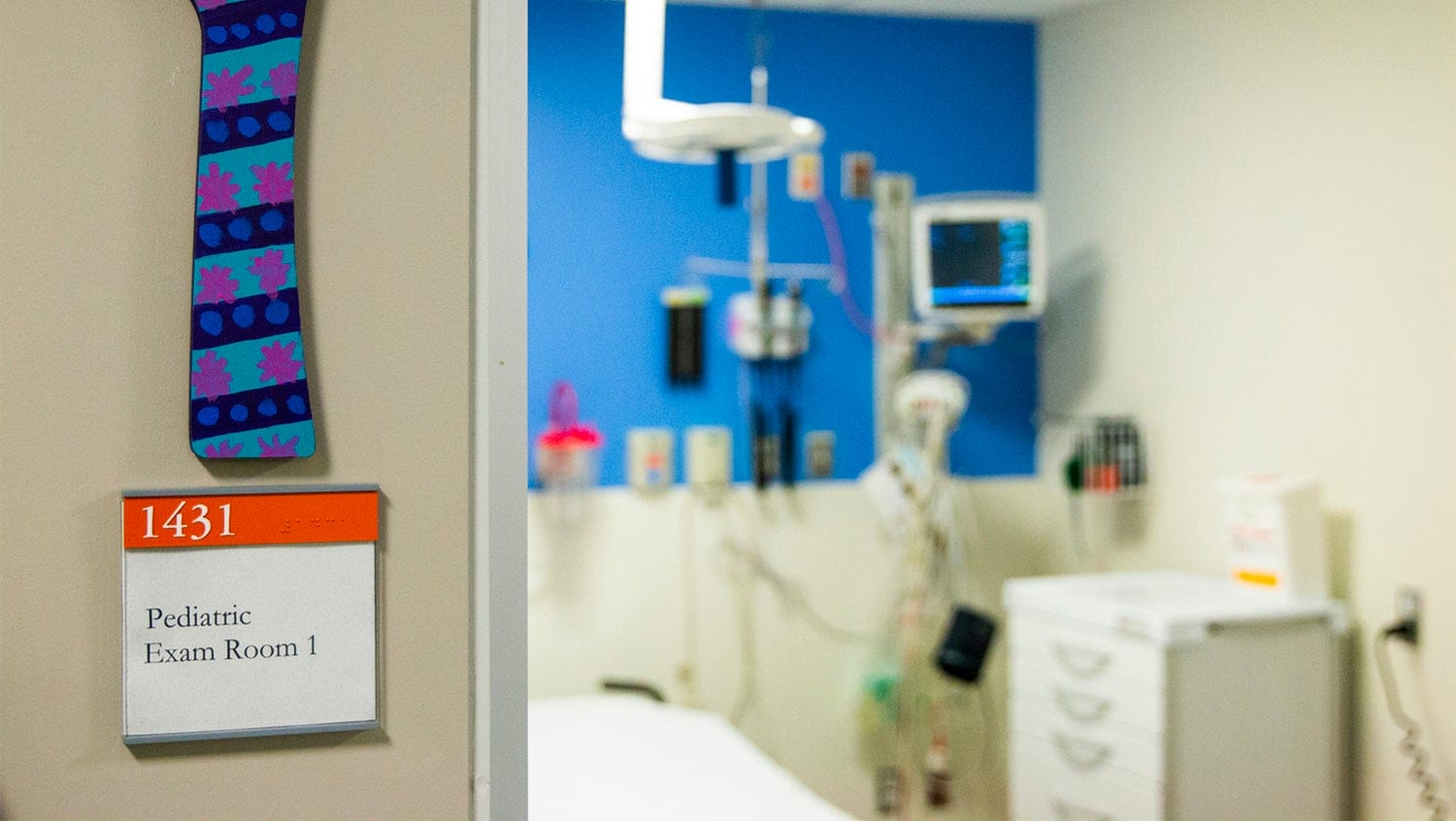
Matthew Morris
A survey of pediatric residency program directors across the country reveals that effective implicit bias training is lacking, but educators don’t have the guidance needed for improvements.
Recent events have exposed deep disparities along racial lines and have sparked a nationwide focus on recognizing and dismantling systemic racial inequities, including in healthcare and public health. As the nation’s healthcare system seeks solutions toward providing quality care for all, a new study has looked inward to examine how initiatives to decrease bias are impacting trainees and patients.
The study, published in the Journal of Pediatrics and led by researchers from the Boston Combined Residency Program at Boston Medical Center and Boston Children’s Hospital, surveyed a national sample of 64 pediatric residency program directors about their views on the effectiveness of their implicit bias training programs. The findings come amid a nationwide racial reckoning, fueled by police misconduct and a pandemic that has revealed health and outcome disparities rooted in complex inequities, and build on a wealth of literature pointing to widespread disparities in healthcare treatment connected to implicit biases among pediatricians, trainees, and attendings. Despite ample literature describing the harms of racial biases in healthcare, especially among children, less is known about efforts to address the same.
“There is a remarkable lack of data regarding what residency training programs are currently doing with regards to implicit bias training,” says Catherine Michelson, MD, one of the study’s authors. “With vast evidence of the impact of implicit biases on patient care, it seemed critical to understand how educators across the country were addressing this topic in their training programs.”
The verdict? Not well. According to program directors’ responses, vast improvements in implicit bias training are needed during pediatric residency training. The study found that while 80% of those surveyed believed that a trainee could learn strategies to reduce the impact of implicit bias on care, as many as 37% of programs did not have any type of implicit bias training for residents. Of programs that did have implicit bias training, less than half of the program directors believed their curriculum was educationally valuable. Half believed their training did not improve residents’ ability to recognize their own biases, and half believed that their training did not improve patient care, either.
Less than half of program directors believed their curriculum was resulting in meaningful change
“It was striking to us that the majority of program directors agreed that implicit bias influenced interactions between residents and patients, yet less than half of program directors believed their curriculum was resulting in meaningful change,” says Jessica Tsai, MD, who led the research alongside Michelson. Among the programs that offered implicit bias training, the curricula and implementation varied widely without an established standard of best practices to follow. Most have landed on some form of group discussion.
“There is a clear desire to address these issues, but the exact approach is less clear,” says Michelson.
More work needs to be done in improving training to reduce the impact of implicit bias in physician decision making, Michelson and Tsai say, noting that program directors are in a position to heavily influence the curriculum of their programs.
“Program directors and other hospital leadership can take the first step of acknowledging that implicit bias is ubiquitous and that we all have these biases,” the physicians say. “Recognition of this problem is a first, small but important step.”
But results indicate that program directors also need more evidence-based guidance for effective intervention. The researchers hope this study stems action at the local and national level to fund, design, evaluate, and disseminate more curricula and training focused on racial and other implicit biases.
“There should be more funding for curriculum development and evaluation as program directors and hospital leadership recognize the impact of implicit bias in the workplace and on patient care and outcomes,” says Tsai. “It will also be important for physicians and hospital leaders to recognize that implicit bias is only one component of structural racism in medicine. There remain additional forces that perpetuate racism in our healthcare system that will require serious reflection and action to overcome.”
Read next: “In a Reversal of Roles, Residents Teach Faculty — About Bias and Racism” »


